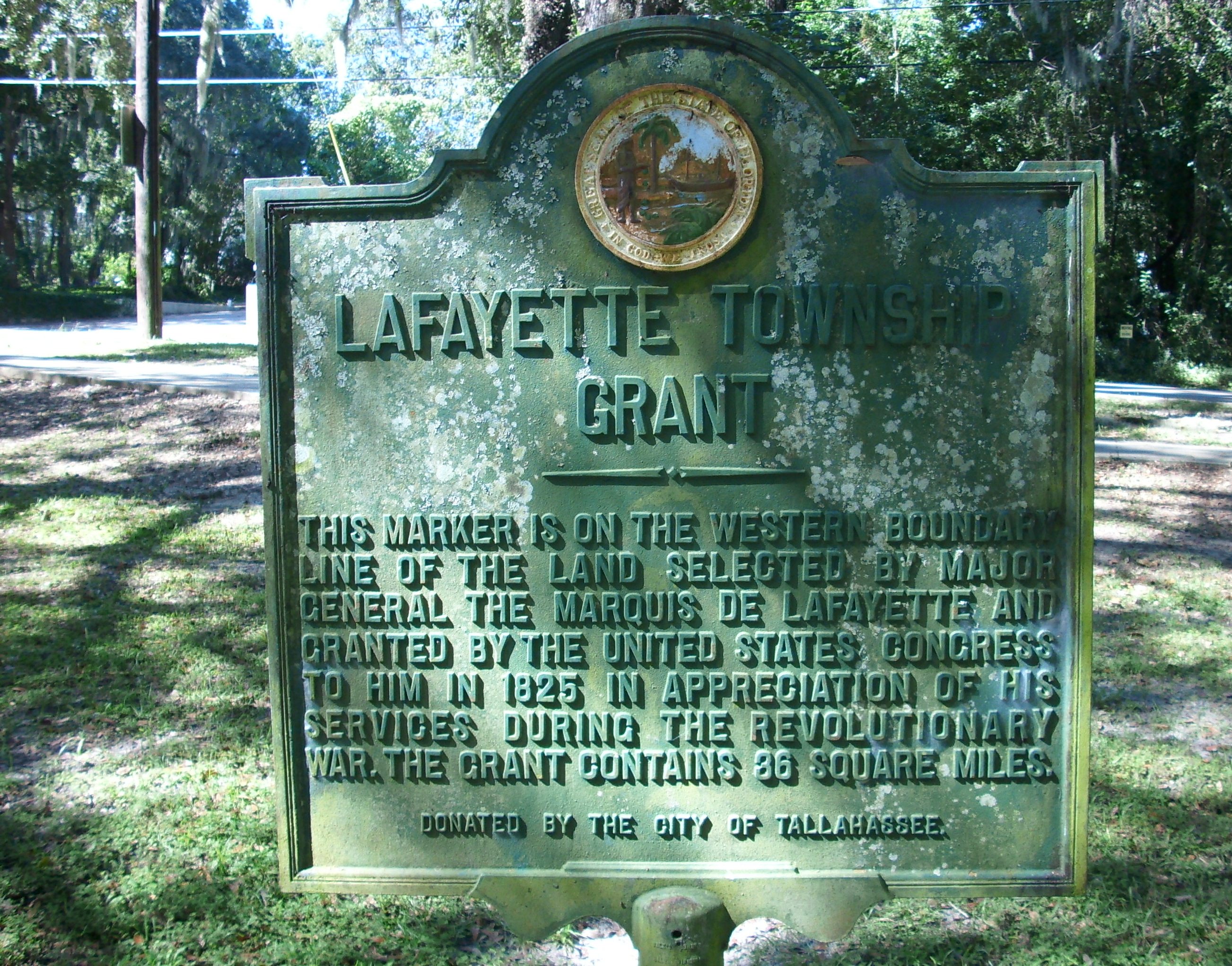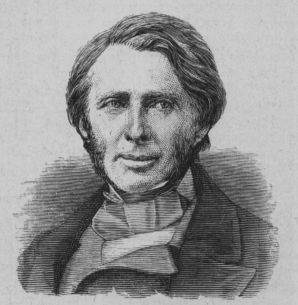DeSoto wintered here (1539-40). In 1633, the Spainiards established a chain of forts and missions to convert Apalache Indians. These were destroyed by the British in 1704 and the area reverted to wilderness. This site was selected as the capital of the Territory of Florida in 1824, and Congress granted Lafayette a town ship for his service during the Revolution. Tallahassee became the antebellum center of the Florida cotton belt and was the only Confederate capital east of the Mississippi not taken in the War. It is the home of Florida State University (1857) and Florida A. & M. University (1887).This marker is on S.R. 263, Municipal Airport Tallahassee.
Hernando DeSoto (1596-1452)








